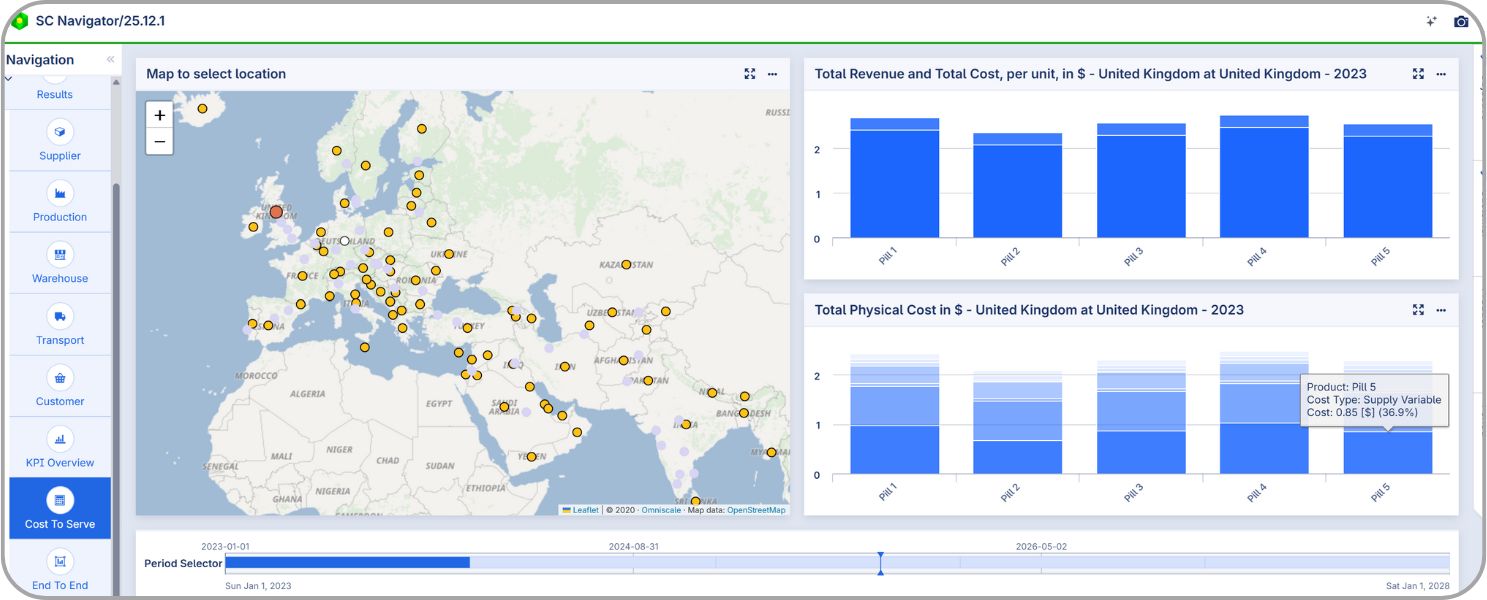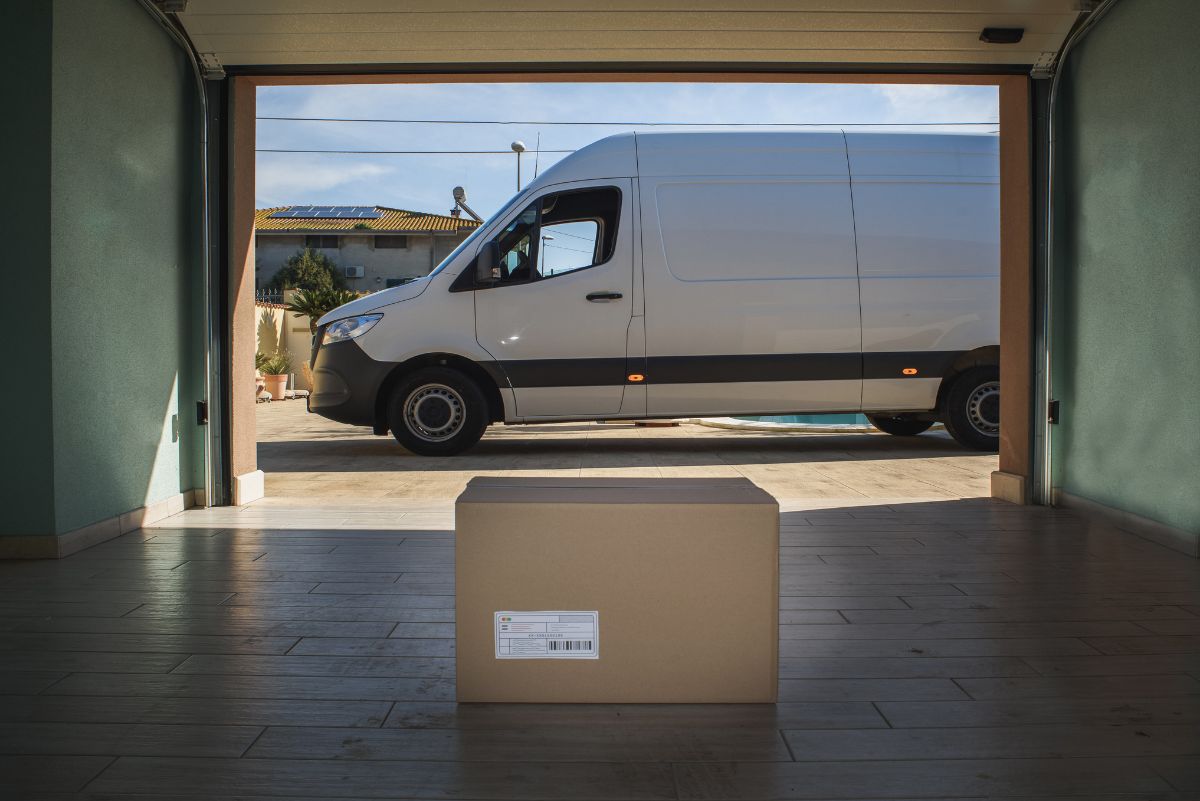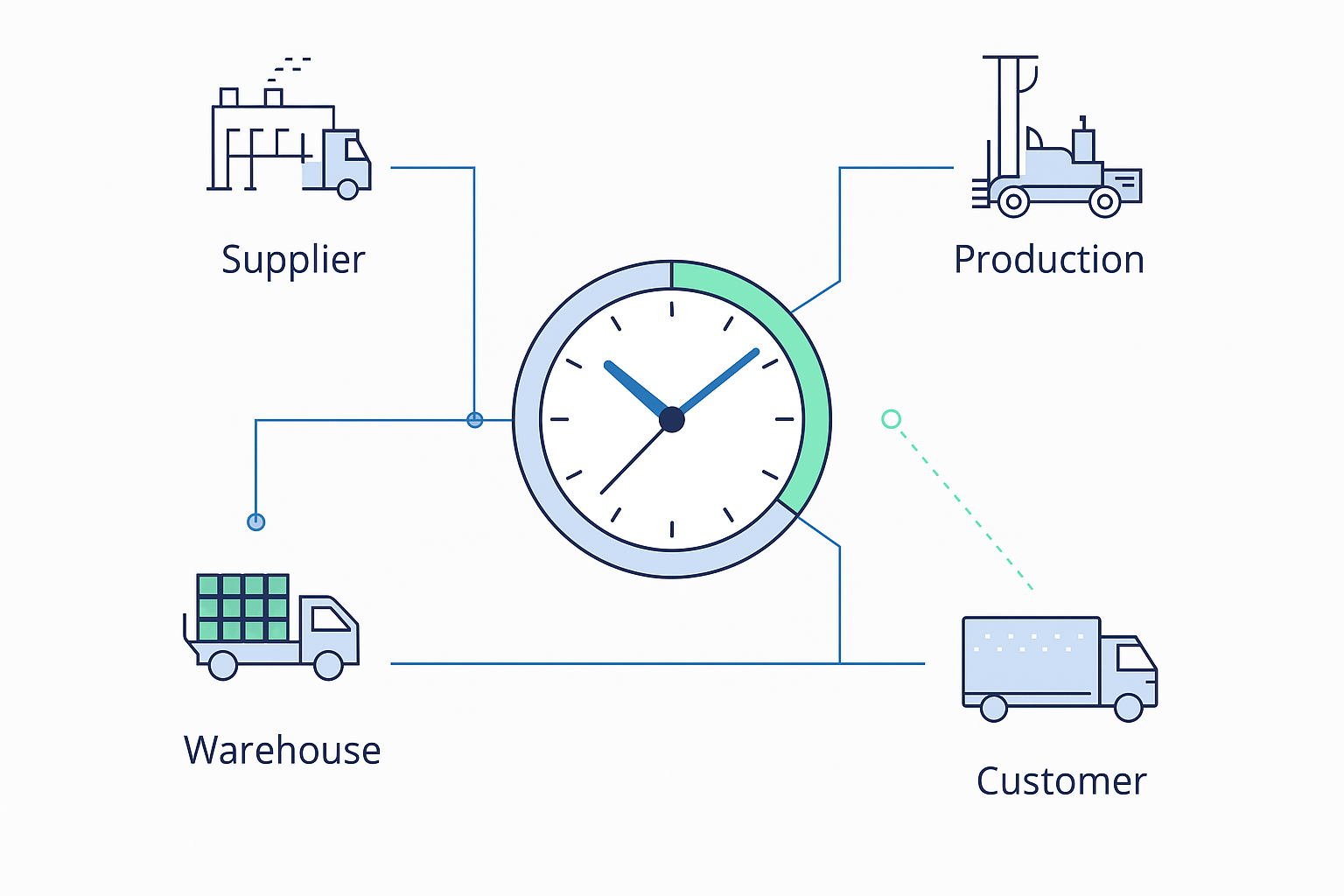The rise of cost-to-serve (CTS) analysis marks a transformative shift in supply chain leadership, driven by explosive market growth and increasing supply chain complexity.
Experts and market data spotlight that robust CTS analytics generate measurable, bottom-line results, and solutions like SC Navigator are now indispensable for leaders seeking to convert data into profitable actions.
Market Data and Expert Perspectives
Gartner ranks cost-to-serve as the most critical supply chain metric, warning that its accuracy and relevance are expected to be significantly challenged by geopolitical risks, including tariffs, regulatory changes, and supply disruptions over the next three years.
The supply chain cost-to-serve analytics sector is expected to reach $5 billion in 2025 and triple by 2033, reflecting a compounded annual growth rate of 15%. This growth stems from global volatility, intricate supply networks, and an urgent need to understand, analyze, and optimize costs across every activity and entity served.
Supply chain executives underscore that a robust CTS approach reveals that, on average, 20-40% of customers may actually be unprofitable due to hidden costs in logistics, warehousing, labor, and fulfillment.
Instead of one-size-fits-all models, leaders increasingly turn to granular metrics, including cash conversion cycle, on-time-in-full, and precise inventory ratios to proactively spot inefficiencies and forecast disruptions.

This chart from Data Insights Market illustrates the projected percentage growth of Supply Chain Cost-to-Serve Analytics Technology from 2025 to 2033. It shows a steady, year-over-year increase, starting at 750% growth in 2025-2026 and reaching 2024% growth by 2032-2033.
This upward trajectory highlights the rapidly expanding adoption and investment in cost-to-serve analytics technology within the supply chain sector.
How to Do an Expert CTS Analysis with SC Navigator
SC Navigator exemplifies how modern CTS analytics are operationalized for supply chain leaders. The platform automates the calculation of landed costs and CTS across highly granular segments (by customer, SKU, location, and channel). It goes beyond static reporting, offering scenario planning (what-if analysis), tailored dashboards, detailed KPIs, and interactive visualizations.

These features empower leaders to:
- Instantly identify unprofitable customers, products, or routes and recommend corrective action (e.g., re-routing, service tiering, or pricing adjustment).
- Run scenario simulations to understand how changes in service policy, demand, or external costs impact profitability, facilitating more agile negotiations and contracts.
- Achieve automatic and seamless data integration with cloud-based systems, supporting real-time collaboration among supply chain, finance, and commercial teams.
Closing Thoughts
Supply chain experts agree that embedding CTS analytics within platforms like SC Navigator is now a strategic imperative. Those who rely solely on traditional costing and generic KPIs risk being blindsided by margin erosion and losing competitive ground.
Instead, advanced CTS solutions translate messy, heterogeneous supply chain data into actionable, profit-driving insights—allowing leaders to continually adapt, invest, and thrive in a rapidly changing world.
Are you ready to measure and optimize your total cost to serve? Talk to our supply chain experts.





